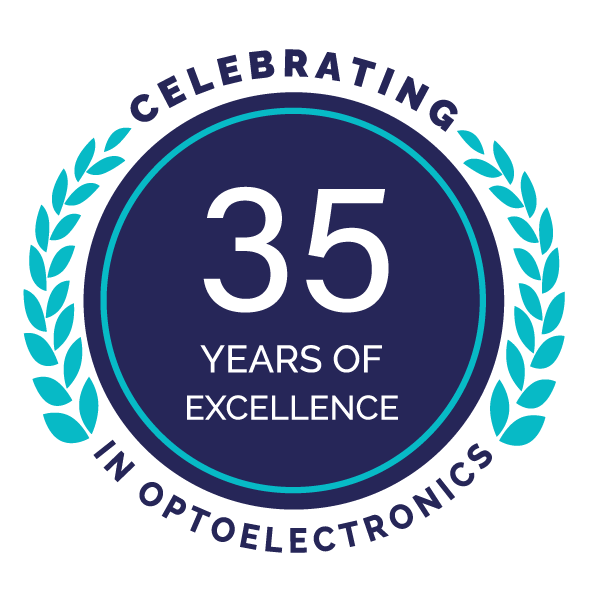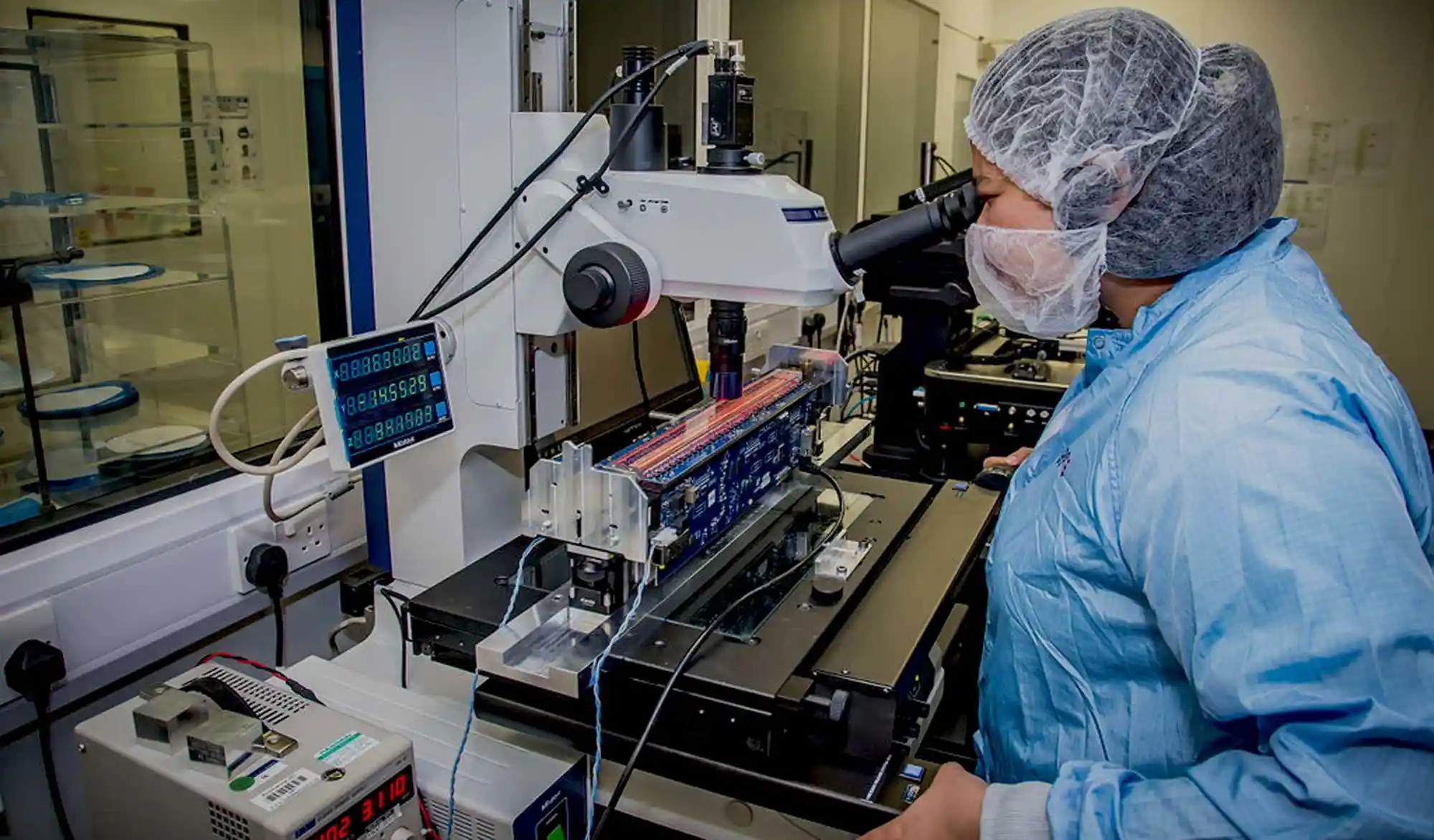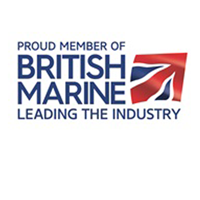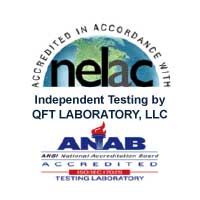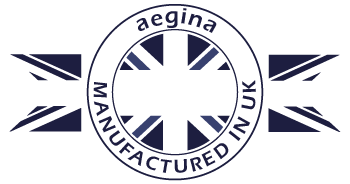Water filtration and water purification are two processes used to make contaminated water safe for human consumption. Although both processes improve the safety of drinking water, there are some key differences between filtered water and purified water. In this blog, we will explain what these differences are and why it is important to be aware of them.
Water Filtration Systems
Water filtration is a process by which contaminants in drinking water are removed through the use of physical filters. These water filters can be made from a variety of materials, including activated carbon or other materials such as ceramics or plastic fibres.
The size of the water filter particle determines which contaminants will be filtered out—larger particles will be trapped while smaller particles can pass through. The filter also traps suspended sediment in the water, making it look clearer and more appealing to drink.
Common contaminants removed by a water filter include rust, lead, chlorine, sediment, and other particulates. Some filters can also remove bacteria and viruses as well.

Different Water Filters For Your Home
For water filters, there are a lot of options available. From pitcher filters to whole-house systems, there is a filter that can suit your needs and budget. To help you decide which type of filter is best for your needs, let’s look at the different water filters and how they work.
Pitcher Filters
The most common type of water filter found in households is the pitcher filter. Pitcher filters usually contain an activated carbon filter and/or an ion exchange resin, which removes chlorine and other contaminants from your drinking water.
They are easy to use – simply pour tap water into the top and wait for it to pass through the filter before drinking – and relatively inexpensive. However, they do require frequent replacement of their filters since they only remove certain contaminants from the water.
Under-sink Filters
Under-sink filters are installed directly below your kitchen sink, providing filtered drinking water right from the tap. Unlike pitcher filters, under-sink systems provide more thorough filtration as they use multiple stages (usually including activated carbon as well as reverse osmosis) to remove impurities from the water.
These systems also require less maintenance than pitcher filters since their cartridges need to be changed less often. The downside is that under-sink systems can be quite expensive and time-consuming to install, so make sure you have enough space before purchasing one for your home.
Whole House Filters
For those looking for even more comprehensive filtration, whole-house filters may be the way to go. Whole house systems connect directly to your home’s plumbing system and filter out impurities in all areas–including bathrooms, kitchens, and any other areas where you use running water in your home.
While these systems are highly effective at removing a wide range of contaminants from your drinking water, they also are quite expensive because of their larger size and complexity.
Read More: Southampton Boat Show 2021
What Is Water Purification?
A water purification system is purifying water. It goes beyond filtration by removing harmful chemicals, bacteria, and other microorganisms from drinking water. This is done through several methods that include ultraviolet light, reverse osmosis, distillation, ozonation, chlorination and in-exchange systems.
These methods work together to kill off chemical contaminants and any harmful organisms in the water while leaving beneficial minerals intact.
While these methods do an effective job of removing contaminants from drinking water, they also require additional energy input compared to simply filtering out larger particles with physical filters.
Some water purification systems use harmful chemicals like chlorine to eliminate impurities. Other water purification systems like reverse osmosis remove good minerals like calcium and magnesium. This process removes the unwanted elements from water.

Reverse Osmosis
Reverse osmosis is a filtration process that removes contaminants from water by forcing it through a semi-permeable membrane.
This membrane serves as a barrier, allowing only pure H2O molecules to pass through it and trapping any impurities on its surface.
The result is clean and purified drinking water that has been stripped of chlorine, arsenic, and other dangerous chemicals or minerals. RO filters are typically installed under your sink for easy access and are great for reducing fluoride levels in tap water.
DistillationSystems
Distillation systems remove impurities from drinking water by boiling it until it becomes steam and then condensing that steam back into liquid form in a separate container where it can be consumed safely with no impurities or contaminants present in it.
This process is highly effective at removing dangerous chemicals such as fluoride and lead from drinking water supplies but requires considerable energy input, making it more expensive than some other filtration methods available today.
Read More: New Year – Pure You
Ultraviolet LED Water Purification
UVC LED water purification is a method of disinfecting water using ultraviolet light. UVC light has a wavelength of between 200-280 nanometers and is effective at killing microorganisms such as bacteria, viruses, and protozoa.
One advantage of using UVC LEDs for water purification is that they have a longer lifespan than traditional mercury-based UV lamps, and they are more energy efficient.
Our UVC LED units can purify any stored water or water from an unknown source that may contain viruses and bacteria, such as Giardia and Cryptosporidium.
We have been independently tested to NSF 55 Class A standards, which means that we can guarantee 99.99% pure water. Other UV LED units on the market only achieve Class B standards.
The Benefits Of Filtration And Water Purifier
Both processes have their own benefits when it comes to improving the quality of drinking water. Water filtration is great for removing large particles like dirt and sediment that can cause staining or a bad taste in drinking water.
On the other hand, purification takes it one step further by eliminating any lingering trace contaminants that could still be present after filtration has been done. This can help ensure that no harmful chemicals or microorganisms remain in your drinking water supply.
Read More: UVC LED Purification for Waterborne diseases
Conclusion
Now that you know the difference between a water filter and a water purifier, you can make an informed decision about which type of product is right for your home. If you have access to safe drinking water already, then a basic filter should do just fine.
However, if you live in an area with higher levels of contamination or want extra protection against bacteria and viruses, then investing in an advanced purification system might be worthwhile. Whichever route you choose, making sure your drinking and cooking waters are free from harmful contaminants should always be your top priority!

